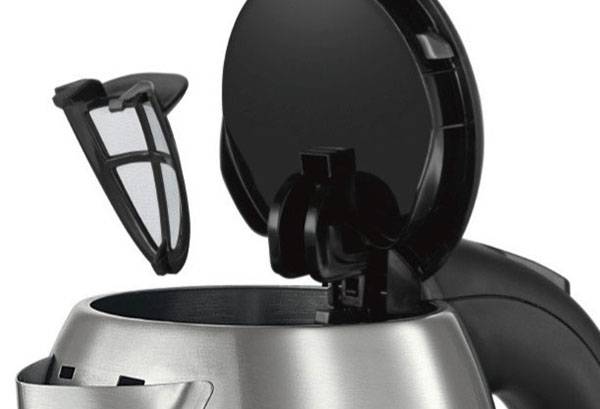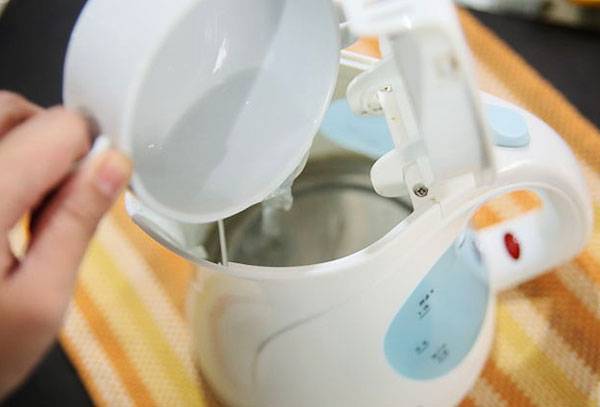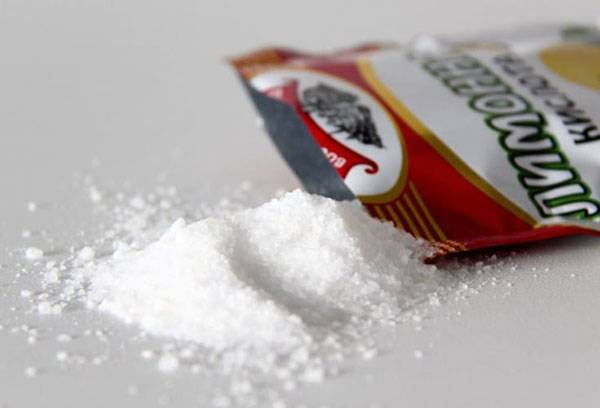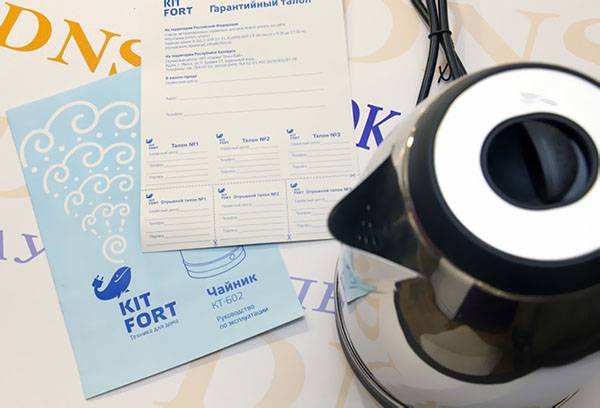How and how can you influence the kettle to get rid of the smell of plastic?
Content:
Electric kettles are incredibly convenient thing: at home, and in the country, and in the office. You won’t get enough of this with Boshi and Borki, and we are looking for cheaper and simpler models. And then we start sorting through the options and figuring out how to get rid of the smell of plastic in the kettle, because drinking water from it is simply impossible! The editors of purityis.decorexpro.com/en/ decided to find out why the kettle smells of plastic and what to do about it.
Why does the kettle smell of plastic?
The situation when a new plastic product has a pronounced smell is not uncommon: it can be a new technique, a new car, or even new sneakers. Most of us choose the simple “let the product ventilate” strategy, and very often it works. But when buying a new teapot, it's much more difficult to navigate, and that's why.
- Smells - doesn't mean it's dangerous
If the kettle smells of plastic when viewed in the store, it is not a fact that this smell will remain after a couple of days of use and even more so will soak water. Most often, the smell of plastic that you feel when opening the package disappears after 3-4 boiling or ventilation, because it appeared due to the tightness of the package or the presence of substances that remained inside after production. That is, you can buy plastic teapots that smell, if you trust the company.
- It smells - it does not mean that it will disappear
The above situation is true for large companies, but with some Chinese brands you can get into trouble. You will smell, think that it will disappear and boil, but in reality you will get tea with a taste of plastic, which is not excreted by anything. Why is that? Yes, because the plastic itself used to make the case is unsuitable for such a device. Most likely, too much plasticizer or poor-quality dye was added to it, and particles of these substances remain in the water and do not affect the kidneys and liver in the best way.
- Doesn't smell - doesn't mean it's safe
If the product does not have airtight packaging and was well washed after production, then you will hardly feel the smell of a purchase. The same applies to exhibition designs that can be bought at a discount right from the window. But when using low-grade plastic, surprises will begin to appear when boiling: when the water is heated, plasticizer particles will saturate it, making it unsuitable for drinking. That is, the kettle itself will not smell strongly, but you simply won’t be able to drink water.
Tip
Depending on your sensitivity, the lingering smell of plastic in the water may be residual and safe. Someone ceases to feel the residual smells of plastic after the first boiling, and someone after a few weeks or even months!
Okay, we found out the reason, but the main question remained open: what to do now?
Ways to eliminate the smell of plastic in the kettle
As you already understood, the problems of just smell and smell in water are two different things that have different causes and, accordingly, will have different solutions. Unfortunately, the available options will not please everyone.
First steps
What you have to do with a new teapot immediately after purchase does not depend on its price, company and “aroma”. It must be boiled from one to three times to remove all residual substances that are not washed away after production.Naturally, there is no need to brew gulls from this water - it will not be very tasty and not at all useful.
If the smell persists for a long time, but the taste in the water is weak
Usually, the residual odors disappear after the first three boils, but if your sensitivity is high, and the product is not of the highest quality, they will have to help retire. This is quite easy to do, because one of these tools will definitely help.
- Lemon or citric acid
Water with citric acid is a classic for cleaning any kitchen utensils, from microwave to pots. She will not fail here. Typically, this method is recommended for descaling electric kettles, but lemon has no equal in removing odors. For a standard volume kettle, you need 1-2 packs of citric acid or juice of 3-4 lemons. A lemon or juice is mixed with water, the kettle is filled to the maximum mark and boiled. For greater reliability, the solution can be left in the kettle until it cools and the procedure is repeated.
Important!
After applying any of these methods, be sure to rinse the kettle and boil it with plain water.
- Soda
Soda is not as popular as lemon juice, but the effect is also noticeable. For the kettle, you need 3-4 tablespoons of soda: dissolve in the maximum amount of water, pour into the kettle and boil. If necessary, the procedure can be repeated.
- Bay leaf
And you can try your luck with bay leaf! Surprisingly, this fragrant spice absorbs smells well, so try throwing about 10 dried bay leaves in a full teapot and boil this “broth”.
- Sugar
There are positive reviews on the network even about ordinary sugar: they say if you put 2-3 tablespoons in freshly boiled water and leave the solution in the teapot for several hours, the smell will become much less noticeable.
- Cola / Sprite
It sounds unusual, but this method can really help: in this soda at the same time a lot of citric acid and sugar, and this is just what we need. And yes, pouring a Coke into the kettle is not enough - it will need to be boiled.
- Vinegar
Before that, we all boiled, and to the maximum extent. With vinegar, we proceed differently: pour a minimum volume of 9% vinegar into the kettle and heat it. Only you have to keep your eyes on the teapot: you will overheat a little and vinegar will “run away” through the spout! Therefore, we will not boil, but turn it off when it warms up a little. You can also dilute vinegar with water and heat it in a larger volume, but still without losing vigilance. Now leave it to cool and rinse the kettle.
By the way
Metal and glass teapots are usually more expensive, but there are less problems with them: they leave a minimum smell and taste, and only at the beginning of operation.
If the smell and taste do not disappear for more than a month of regular use
All of the previous methods are a kind of enhanced cleaning that ordinary water cannot provide. But what's the point of cleaning up badly plastic at first? It's a shame to admit, but no matter how you wash a poor-quality kettle from the inside, the plastic itself will not get any better: the water will still be saturated with the smell and particles of plasticizer. What is your way out? If the warranty has not yet expired, go to the store and request a refund or replacement with another brand. If the guarantee is no longer valid, the kettle will have a direct road to the trash, as it will not be possible to correct the situation.
Well, and how to choose a decent kettle that you don’t have to throw out in a couple of weeks? Unfortunately, it's hard to guess. Even with proven brands, technology violations occur, you can run into a fake, and it’s difficult to determine the quality of plastic by smell in a store. In order not to encounter such a problem the next time, we recommend reading more reviews on the model you like: this is perhaps the only thing that can help avoid wasting money.




Where is the product certification and where do the state control services look :?
sniff before you buy and don’t buy!